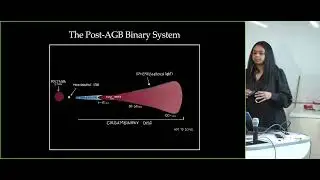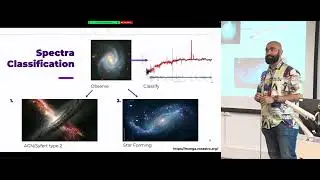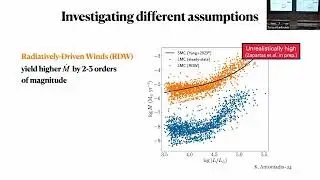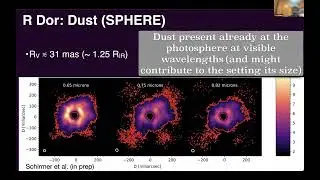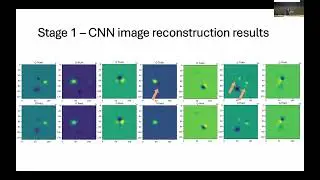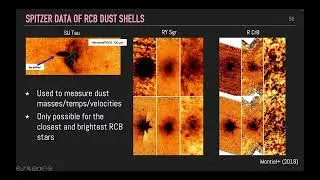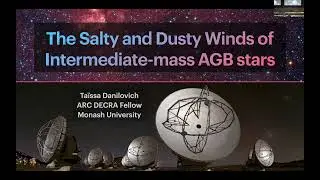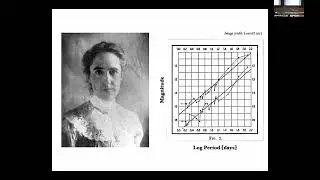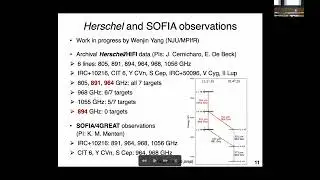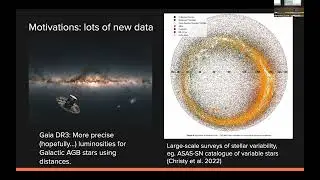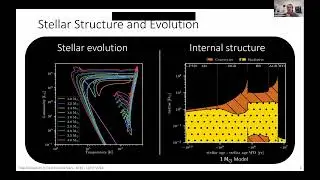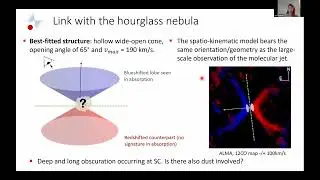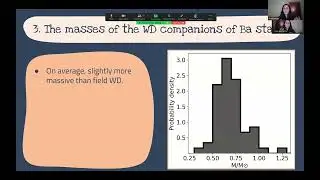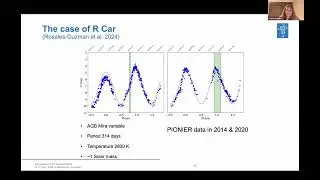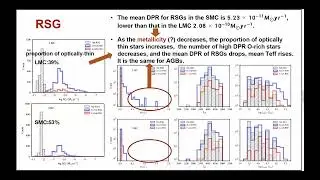ACES Connecting Episodic Outbursts to Convection Cells in Evolved Massive Stars through IF Imaging
Narsireddy Anugu
Georgia State University, USA
Massive stars undergo significant mass loss, and the mechanisms behind this phenomenon are not fully understood. Recent observations of the Great Dimming in Betelgeuse suggest that hot convection cells, in combination with pulsation, trigger episodic surface mass ejections. To test this hypothesis in other stars, we conducted observations of two stars, RW Cephei and Rho Cassiopeiae, using the CHARA Array, the world’s largest optical interferometer. RW Cephei experienced a Great Dimming event in 2022. Our CHARA images, captured during the dimming and re-brightening phases, revealed significant differences attributed to dust blocking during the
dimming, providing valuable insights into the underlying processes. A major distinction observed was that the pulsation period in RW Cephei was not altered after the dimming in comparison to Betelgeuse. The second object we imaged was Rho Cassiopeiae, known for several eruptions in the last decade. Our images exhibit giant convection cells on its stellar surface in our CHARA observations. These convection cells are potentially the driving force behind the observed episodic outflows.

![[AMV] верно, я Кира..](https://images.videosashka.com/watch/8-3v0E_Axvw)









